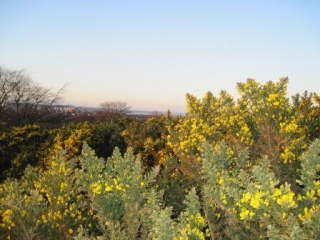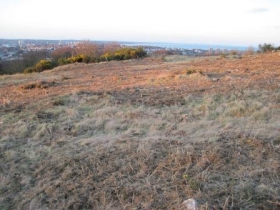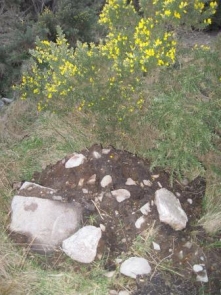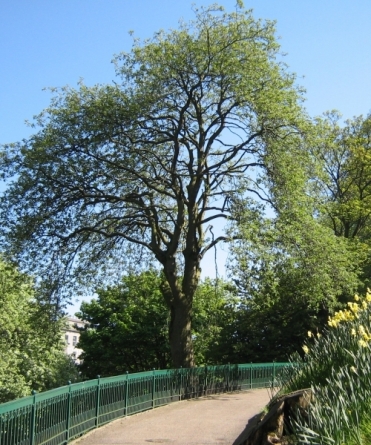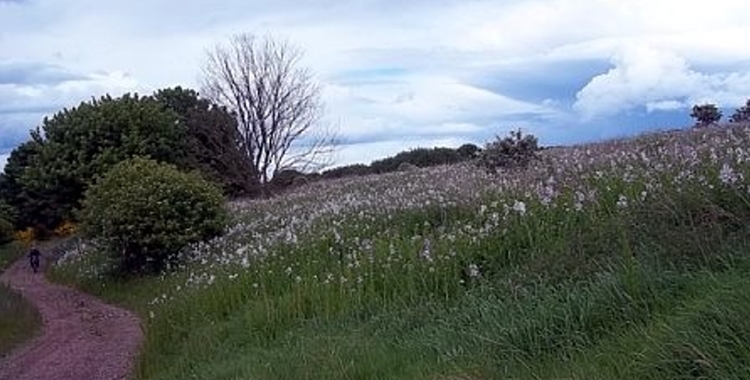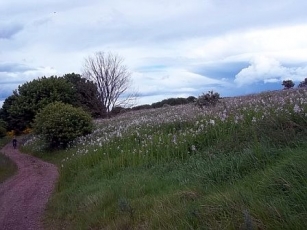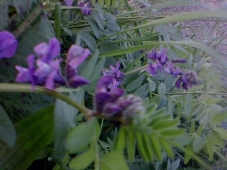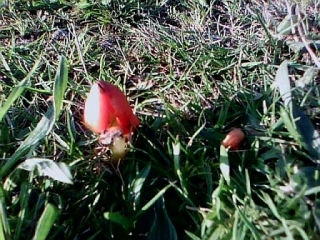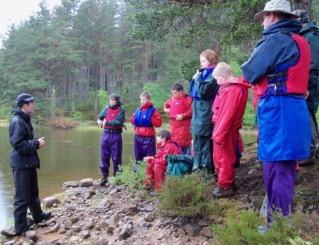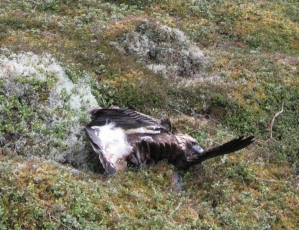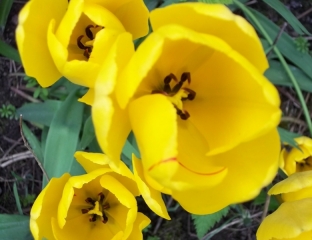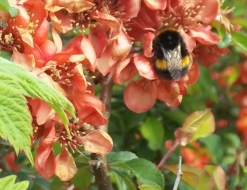Aberdeen Voice’s Suzanne Kelly learned as we all did this week that the Council plans to push ahead with unsuitable and unpopular plans to turn one of our remaining meadows, Tullos Hill, into some kind of forest.
Just a few little problems: they want to cull the half-tame deer that have lived in the area for decades, and then there is the small matter that the trees probably won’t make it – again.
With no warning, and while Councillor Cooney was attempting to forward the idea of preserving Tullos Hill as the meadow it is, we learned this week that the cull and tree scheme is on.
Aileen Malone is in the news this week, saying the scheme will work and ‘a lot of hard work’ has gone on the scheme. I’m sure it has. Pity the hard work was against the wishes of the community councils in the area, 3,000 facebook ’cause’ supporters, and nearly 2,500 petition signatories.
It is also a pity that the scheme simply is not going to work. Following my visit to Tullos Hill tonight, I can confirm that the area of gorse just cleared for the trees is far stonier – and far more polluted – than I could have imagined. It is testimony to the resilience of gorse that it managed to grow there at all.
But the gorse is largely gone; the birds that lived in this patch are dislocated; the deer and other mammals have lost a huge amount of shelter.
(Should any deer die on Wellington Road in the next few weeks, I am personally of the opinion that it will be due to the removal of this gorse habitat).
I never saw a finalised funding application, and the draft I received was a work of fiction in places.
The draft seemed to claim that the hill was disused farmland. Part of it indeed was – but the rest was either a tip, or too stony by miles to grow any crops on. I certainly hope the finalised application was accurate.
I have asked for a copy of it, so has Councillor Cooney – who arguably should have had sight of it before it went to the Commission; he is on the Housing Committee, and I know he wanted to see it. How precisely his draft paper in support of the meadow scheme has managed to sink without trace without going before his committee is a matter I hope the relevant Councillors and officers will research with some speed.
Earlier articles are on Aberdeen Voice, and research and backing documents (and an executive summary) can be found at http://suzannekelly.yolasite.com/
If you were not previously aware that a soil report says the soil matrix on the hill is poor and not suitable for trees, or that the Council had to repay £43,800 for the previous failure of trees to grow on Tullos (largely due to weeds), you might want to start reading there.
But the subject of this article is the alarming amount of industrial waste that has been uncovered where the gorse has been cleared – and the extremely poor soil quality. The debris was everywhere: tubes, parts of rusted machinery, giant pieces of wire – it is all there where the gorse was, above and below the soil.
I am now more convinced than ever that the trees are not going to stand a chance. We are throwing good money after bad, and are going to sacrifice deer in the process.
Now our city’s tree expert has been in the news this week, saying the city has a responsibility to cull the deer anyway, because Tullos is small. He seems unaware that the deer move fairly freely in the area between Kincorth and other areas.
Of course, with the over-zealous housebuilding programmes coming soon to Loirston and Cove, we are losing more meadowland forever. This is bad news for all the local animal populations.
Why in the circumstances turning this meadow into a non-workable forest experiment is considered a good idea is a complete mystery to me, to animal welfare experts, to forestry experts I have consulted, and the local residents.
http://www.youtube.com/watch?feature=player_embedded&v=SP8qb4j32Qc
I do apologise – my voice is awful, but I did my best to think on my feet as the light was fading, and as I was shouting into the wind. (Wind is the very thing that will get rid of any trees that begin to grow. Winds of over 90 miles per hour were a fairly frequent occurrence this winter). In a random wander into the cleared area (which should ideally have warning signs on it), I found the soil to be only a few inches deep, and with the heel of my boot I was unable to go more than say 4″ into the soil before hitting rock.
The debris was everywhere: tubes, parts of rusted machinery, giant pieces of wire, broken glass, fibreglass – it is all there where the gorse was.
More on this story later. If you want to help: tell the City Council you oppose the scheme and are concerned about the soil’s suitability and health and safety. Parents – tell your school your child will NOT be planting any trees. Voters: vote for people other than the ones that pushed this scheme on us (a list of how councillors voted on environmental issues is coming soon).
